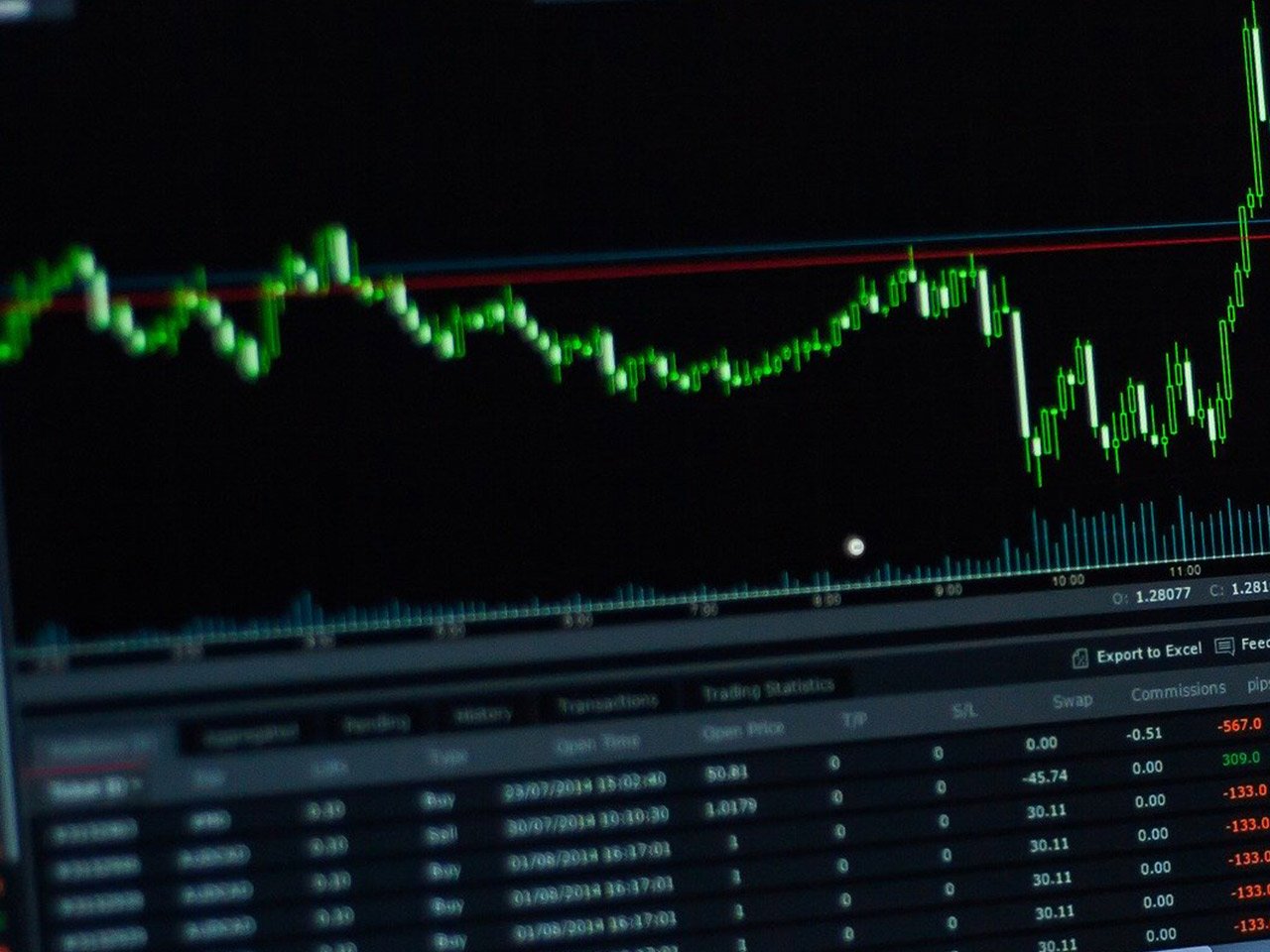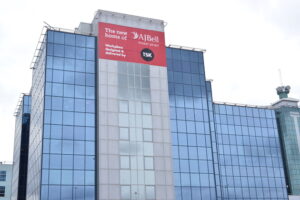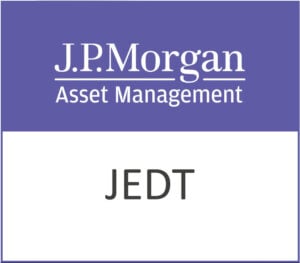ASOS PLC ORD 3.5P (ASC.L), a renowned name in the consumer cyclical sector, operates as a leading online fashion retailer. With its headquarters in London, ASOS serves a global audience across the United Kingdom, the European Union, the United States, and beyond, offering an extensive array of fashion lines including ASOS Design, Topshop, and Miss Selfridge.
The company’s current market capitalisation stands at $408.8 million, placing it as a noteworthy player within the internet retail industry. However, recent performance metrics and valuation data present a complex picture for potential investors. Currently, ASOS shares are trading at 343 GBp, reflecting a minor decrease of -15.50 GBp or -0.04%. This positions the stock near the midpoint of its 52-week range of 230.00 to 446.00 GBp, suggesting a phase of volatility and investor uncertainty.
Valuation metrics indicate a lack of traditional profitability measures, with the trailing P/E ratio and PEG ratio both unavailable. The forward P/E ratio is notably negative at -1,907.36, highlighting expected earnings challenges. This is underscored by a sharp decline in revenue growth at -13.70% and a negative earnings per share (EPS) of -2.47. Return on equity paints a similarly bleak picture at -62.59%, suggesting the company is currently generating losses for its shareholders.
Despite these financial hurdles, ASOS maintains a positive free cash flow of £106.7 million, providing some cushion for operational flexibility. The absence of a dividend yield and payout ratio further signals a reinvestment strategy aimed at stabilising and revitalising its business operations rather than immediate shareholder returns.
Analyst sentiment towards ASOS is mixed, with six buy ratings, seven hold ratings, and four sell ratings. The average target price of 401.09 GBp suggests a potential upside of 16.94%, though this is accompanied by a wide target price range between 220.00 and 790.00 GBp, reflecting divergent views on the company’s future trajectory.
Technical indicators offer additional insights into ASOS’s market position. The stock’s 50-day moving average stands at 317.37 GBp, while the 200-day moving average is slightly higher at 343.03 GBp, hinting at a stabilisation around current levels. Meanwhile, the relative strength index (RSI) of 38.61 indicates the stock is approaching oversold territory, potentially signalling a buying opportunity for contrarian investors, although caution is warranted given the broader financial landscape.
ASOS’s journey from its inception in 2000, originally as asSeenonScreen Holdings PLC, to its current status as a global fashion retailer, demonstrates a history of adaptation and growth. However, the challenges it faces today require strategic resilience and innovation to navigate the competitive and fast-evolving retail environment. For investors, the decision to engage with ASOS PLC hinges on balancing the potential for recovery and growth against the evident financial and market risks.










































